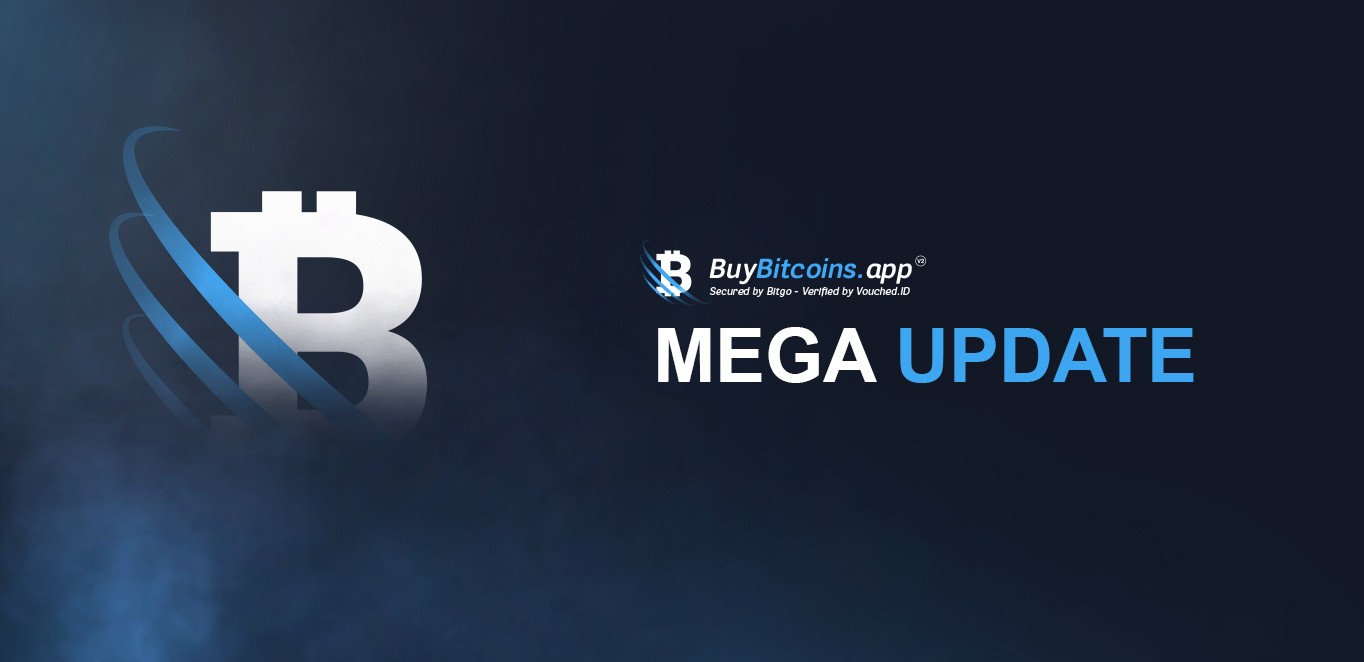
When looking at the benefits and risks of yield farming, a common question investors ask is "Should I invest in DeFi?" There are many reasons why you should do this. One of these is the potential for yield farm to produce significant profits. Early adopters may be eligible for high-value token rewards. This allows them to sell these token rewards for a profit, reinvest the profits, and reap more income than they would otherwise. Yield farming is a well-proven investment strategy that can produce significantly more interest over conventional banks. However, there are some risks. DeFi has volatile interest rates and is therefore a more risky environment to invest.
Investing in yield agriculture
Yield Farming, an investment strategy that rewards investors with tokens in exchange for a share of their investments, is called Yield Farming. Those tokens may increase in value very quickly and can be resold for a profit or reinvested. Yield Farming can offer higher returns than traditional investments but comes with high risk, such as Slippage. Furthermore, an annual percentage rate is not accurate during periods of high volatility in the market.
You can check the Yield Farming project's performance on the DeFi PulSE website. This index tracks the total value cryptocurrencies held by DeFi lending platform. It also includes the total liquidity in DeFi liquidity pools. Investors often use the TVL Index to analyze Yield Farming investments. You can find this index on the DEFI PULSE site. The growth of this index indicates that investors are confident in this type of project and its future.
Yield farming refers to an investment strategy where liquidity is provided by decentralized platforms. Yield farming offers investors the opportunity to earn significant cryptocurrency by acquiring idle tokens. This strategy is built on decentralized exchanges as well as smart contracts that allow investors and parties to automate financial agreements. In return for investing in a yield farm, an investor can earn transaction fees, governance tokens, and interest from a lending platform.

Identifying a suitable platform
Although it might seem like an easy process, yield farming can be difficult. Among the many risks associated with yield farming is the possibility of losing your collateral. Many DeFi protocols are created by small teams and have limited budgets. This increases the risk that bugs will be found in smart contracts. You can mitigate the risk from yield farming by selecting a suitable platform.
Yield farming, a DeFi application that allows digital assets to be borrowed and lent through smart contracts, is also known as DeFi. These platforms offer crypto holders trustless options and allow them to lend their holdings to other users using smart contracts. Each DeFi application is unique in its functionality and characteristics. This will affect how yield farming can be done. Each platform has its own lending and borrowing conditions.
Once you've found the right platform you can begin reaping the rewards. The key to yield farming success is adding funds to a liquidity fund. This is a system consisting of smart contract that powers a platform. Users can exchange or lend their tokens to this platform for fees. Platforms reward users for lending their tokens. It's best to start yield farming with a small platform, which allows you to invest in more assets.
To measure platform health, you need to identify a metric
It is crucial to establish a metric that measures the health of a yield farm platform. Yield farming involves the earning of rewards through cryptocurrency holdings like bitcoin or Ethereum. This can be compared with staking. Yield-farming platforms work with liquidity suppliers, who then add funds to liquidity pool. Liquidity providers earn a reward for providing liquidity, usually from the platform's fees.

Liquidity is one metric that can help determine the health of a yield farm platform. Yield farming is an automated market-maker model that uses liquidity mining. Yield farming platforms offer tokens that can be pegged to USD and other stablecoins in addition to cryptocurrency. Rewards for liquidity providers are based on how much they have provided and the rules that govern the trading.
A key step to making an investment decision is to determine a measure that will be used to evaluate a yield farm platform. Yield farming platforms are volatile and are susceptible to market fluctuations. These risks may be mitigated by the fact yield farming is a type of staking. This means that users must stake cryptocurrencies for a specific amount of time in return for a fixed amount. Lenders and borrower alike are both concerned by yield farming platforms.
FAQ
How are Transactions Recorded in The Blockchain
Each block has a timestamp and links to previous blocks. Every transaction that occurs is added to the next blocks. This process continues until all blocks have been created. The blockchain is now immutable.
Are There Any Regulations On Cryptocurrency Exchanges?
Yes, there is regulation for cryptocurrency exchanges. However, most countries require exchanges must be licensed. This varies from country to country. If you reside in the United States (Canada), Japan, China or South Korea you will likely need to apply to a license.
Which crypto currency should you purchase today?
I recommend that you buy Bitcoin Cash today (BCH). Since December 2017, when the price was $400 per coin, BCH has grown steadily. The price of BCH has increased from $200 up to $1,000 in less that two months. This shows the amount of confidence people have in cryptocurrency's future. This also shows how many investors believe this technology can be used for real purposes and not just speculation.
Statistics
- Something that drops by 50% is not suitable for anything but speculation.” (forbes.com)
- “It could be 1% to 5%, it could be 10%,” he says. (forbes.com)
- This is on top of any fees that your crypto exchange or brokerage may charge; these can run up to 5% themselves, meaning you might lose 10% of your crypto purchase to fees. (forbes.com)
- While the original crypto is down by 35% year to date, Bitcoin has seen an appreciation of more than 1,000% over the past five years. (forbes.com)
- A return on Investment of 100 million% over the last decade suggests that investing in Bitcoin is almost always a good idea. (primexbt.com)
External Links
How To
How to build crypto data miners
CryptoDataMiner is an AI-based tool to mine cryptocurrency from blockchain. This open-source software is free and can be used to mine cryptocurrency without the need to purchase expensive equipment. The program allows you to easily set up your own mining rig at home.
This project's main purpose is to make it easy for users to mine cryptocurrency and earn money doing so. This project was built because there were no tools available to do this. We wanted it to be easy to use.
We hope you find our product useful for those who wish to get into cryptocurrency mining.